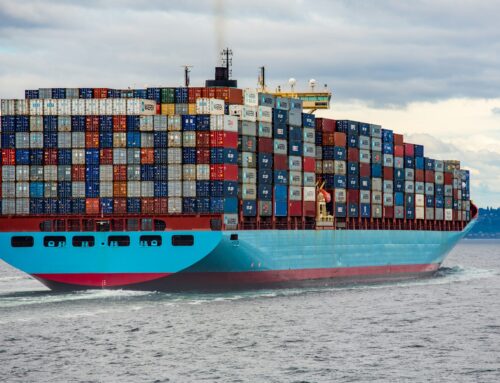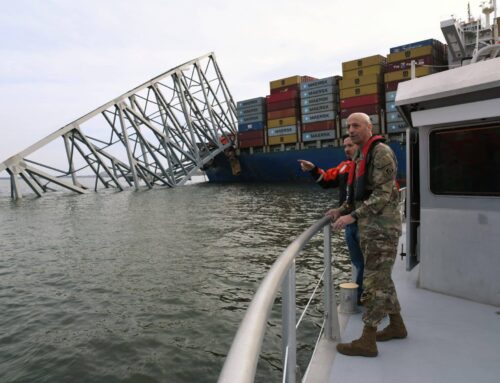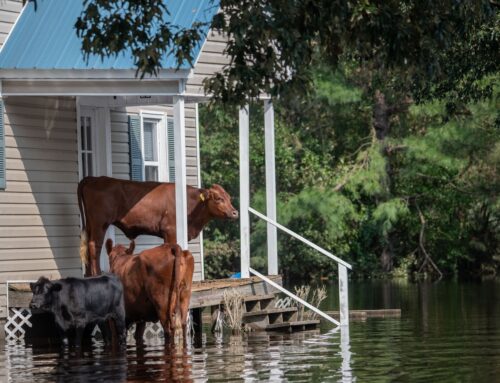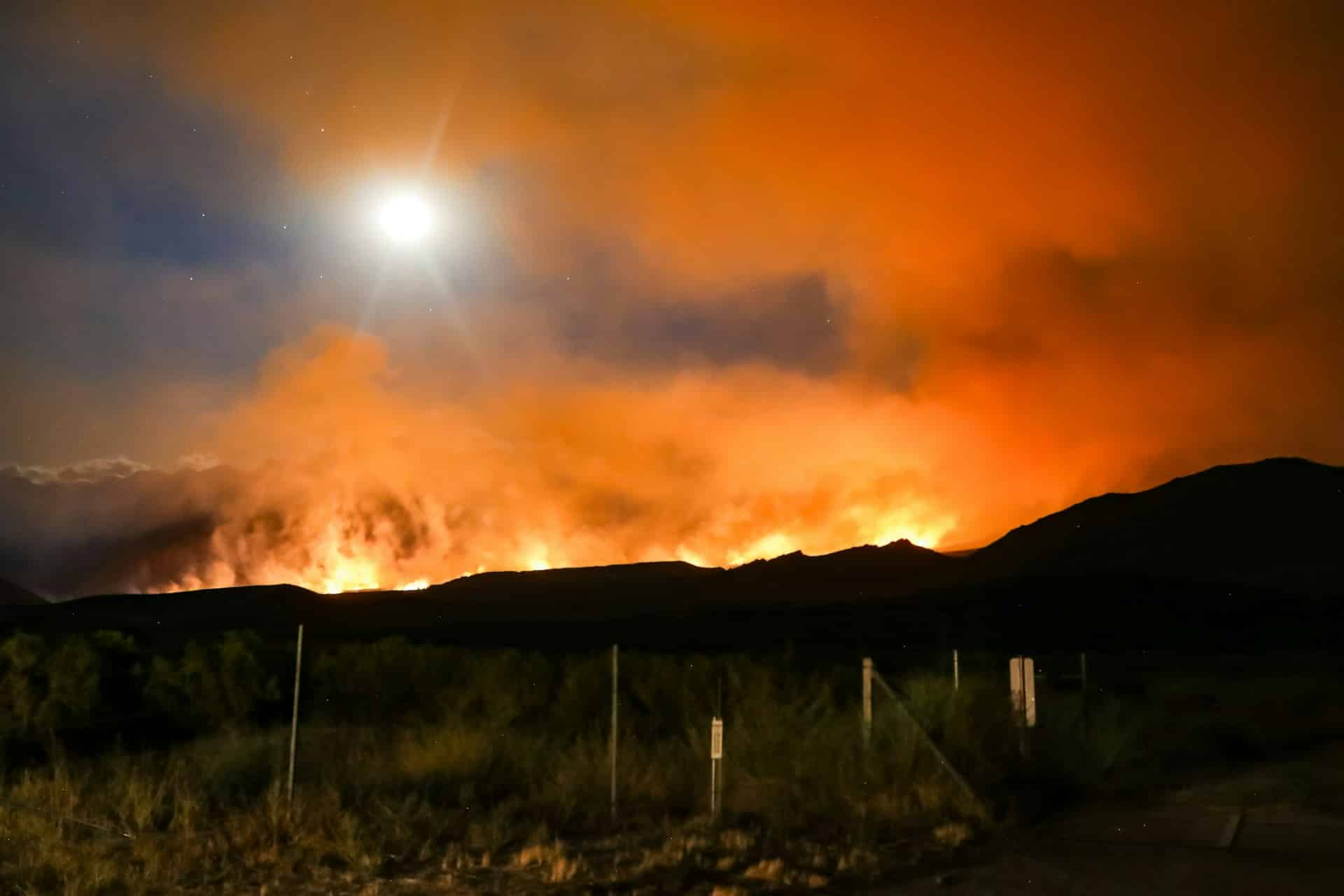In response to growing public opposition, questionable project merit, and an increasingly bloated cost, the California High Speed Rail Authority recently released a revised business plan. The document provides a complete project blueprint for building and financing a 600-mile high speed train system in California. The plan requires legislative approval from state lawmakers before local, state, and federal funds can be released for the project.
In contrast to the $98 billion dollar project outlined in November’s business plan, the authority made substantial changes to the high speed rail system, proposing a quicker completion date (year 2028 now versus 2033 in the previous plan) and a blended approach that would have high speed trains operate on both existing intercity and commuter/regional track systems and dedicated, newly constructed high-speed tracks. The new plan also extends the original 130-mile initial operating segment in the state’s Central Valley — the infamously labeled ‘train to nowhere’ segment which received $3.6 billion in federal money — to 300 miles to better connect it with existing rail networks in Los Angeles and San Francisco. The current plan carries a $68 billion price tag — a $30 billion savings from the plan released just 5 months ago.
This new plan raises a number of concerns with the plan’s cost details, many of which need to be answered by the authority before federal taxpayers should be put on the hook for a penny of this project. As TCS highlighted last May and again in November, the California Legislative Analysis Office (LAO) called for a substantial overhaul of the California High Speed Rail Authority due to governance problems, questionable project cost estimates, and lack of accountability. While the new business plan seeks to address these problems, we have yet to see any clear evidence that necessary changes have actually been made.
Total project costs soared from $43 billion in 2008 to $98 billion in 2011 and are now back down to $68 billion with the current plan. Such dramatic cost fluctuations leave us with little confidence that the recent number hits the mark and offers little credibility to an authority that has yet to build a single mile of track. Federal taxpayers have already committed $3.6 billion for the authority’s initial 300-mile segment. The authority now plans to start construction on this segment in 2013, not 2012 as stated in the November 2011 business plan. Frequent delays and endless design modifications drive up costs and reduce the purchasing power of the original federal contribution, offering federal taxpayers less track for the money. Even more concerning is that the rail authority expects about a 54 percent federal project cost-share or roughly $37 billion in total federal funds (after the initial segment opens) for a fully built “Phase-1 blended” system. Compared to the roughly $40 billion spent annually by the federal government on highway and transit projects nationwide, this expectation is dreadfully unrealistic and ignores the nation’s daunting fiscal deficits.
Additionally, the authority seems to forget that Congress recently zeroed-out the Federal Railroad Administration’s (FRA) high speed rail grant program — through which the $3.6 billion for the project’s initial segment was provided. While the new plan mentions a funding backfill options if federal funds don’t pan out, it relies on a proposed ‘cap-and-trade’ program for California that would “cap” carbon emissions and auction off “tradable” allowances under the cap. The rail authority would receive some of the revenue generated by the auction of allowances. Problem is, California’s cap-and-trade program doesn’t even exist yet and the entire scheme is a virtually untested means of raising revenue.
Federal taxpayers deserve to know more, especially if California lawmakers give the go-ahead to a massive public works project with an uncertain future. Unless federal taxpayers are taken out of the equation completely, the $3.6 billion stake provided by the FRA could translate to years of obligation at the expense of the nation’s transportation program.














Get Social